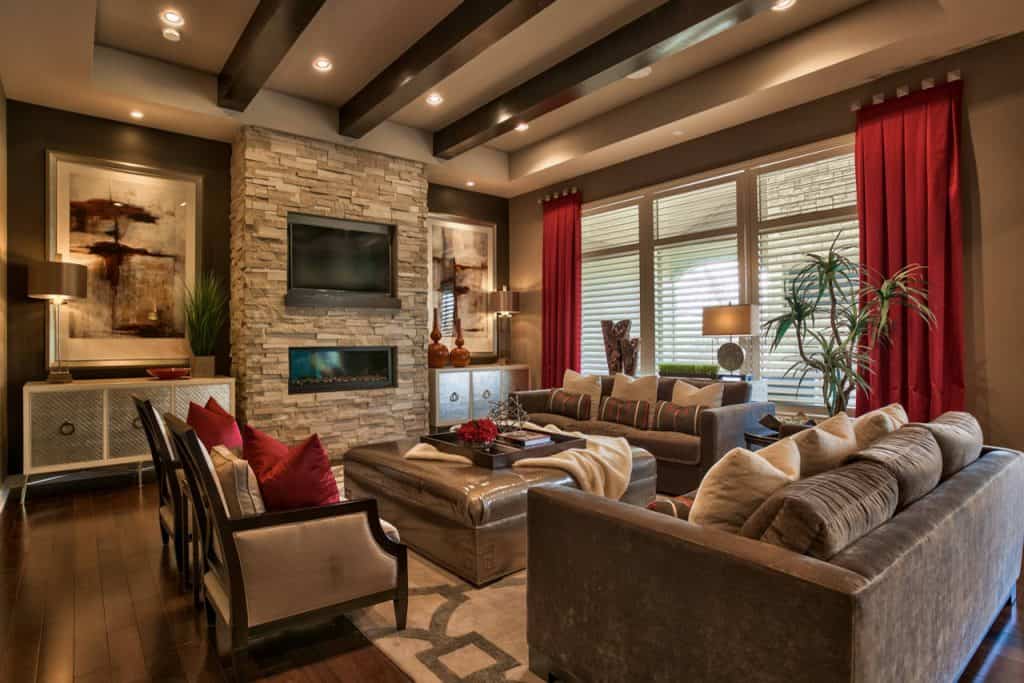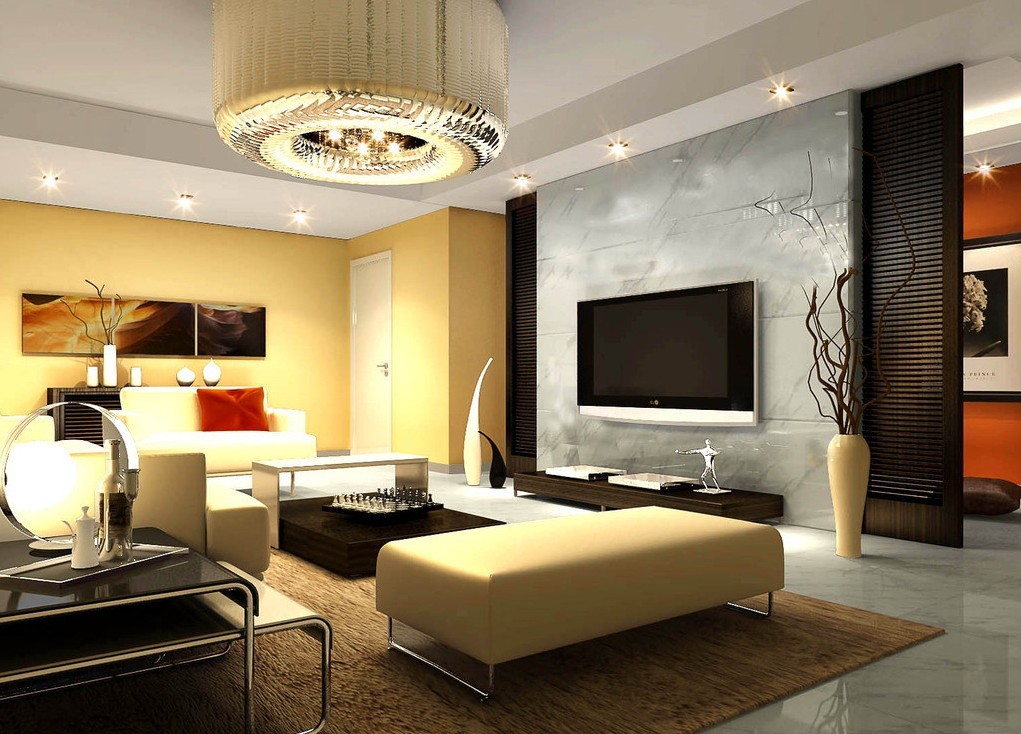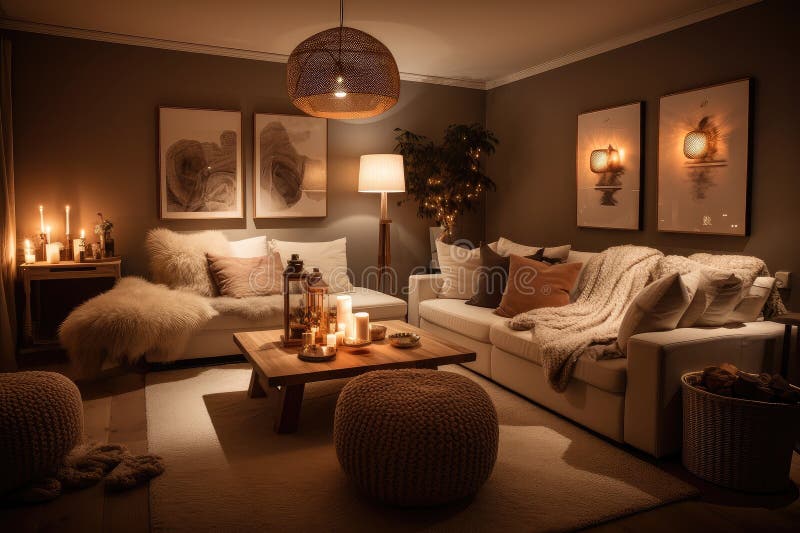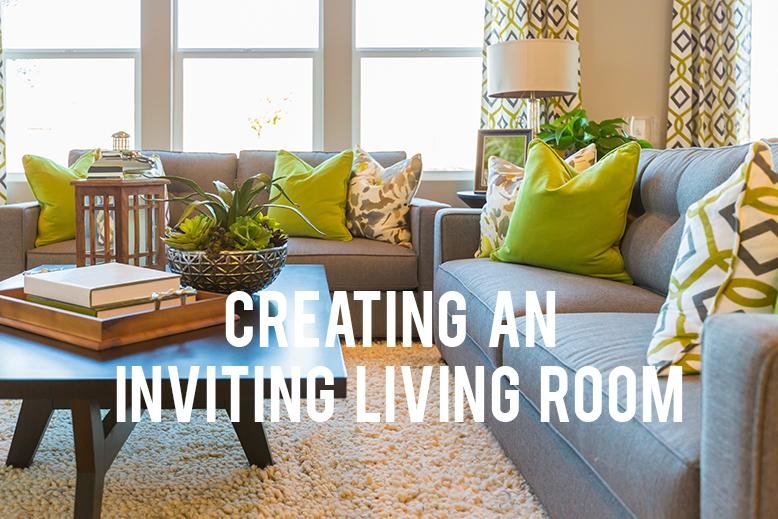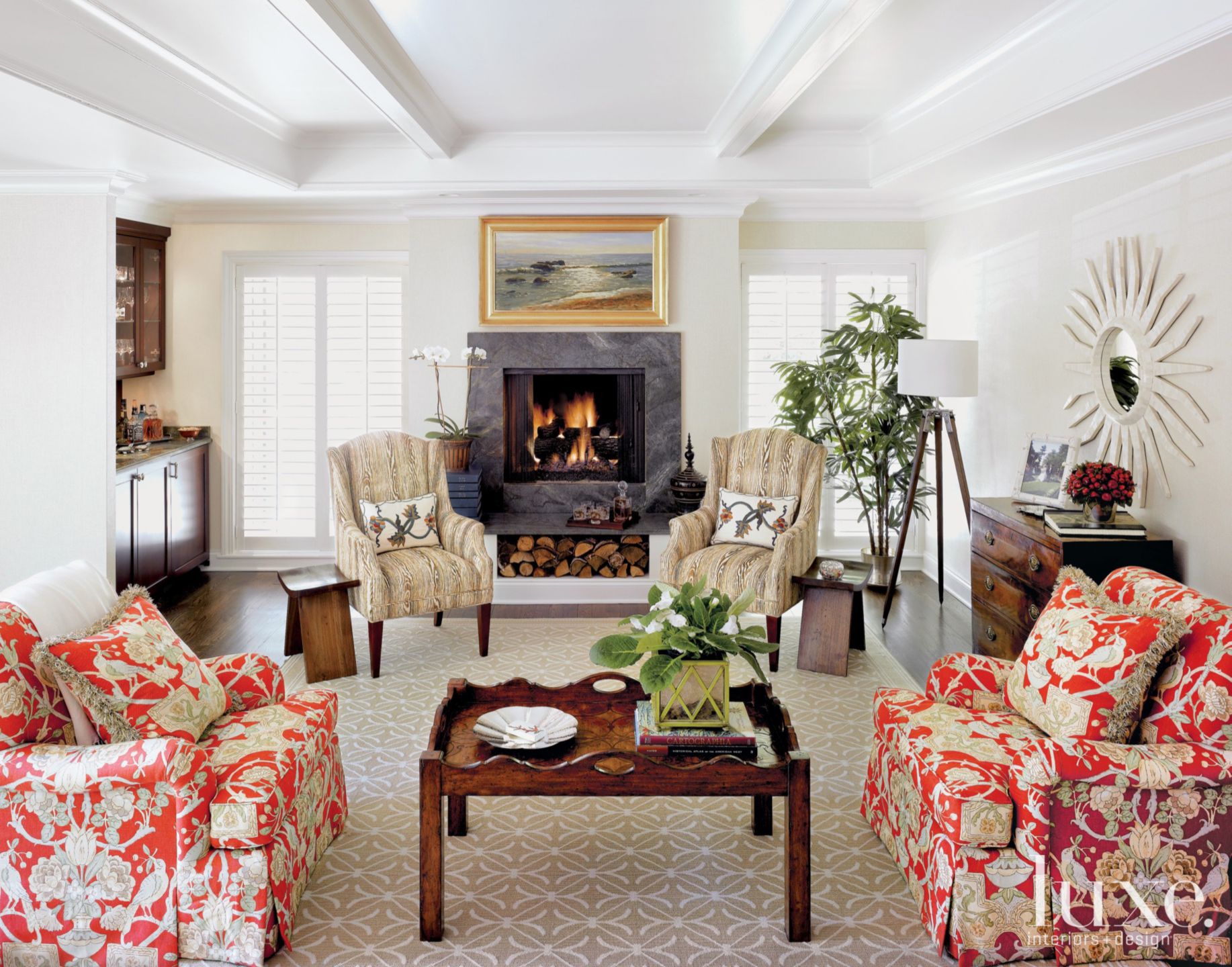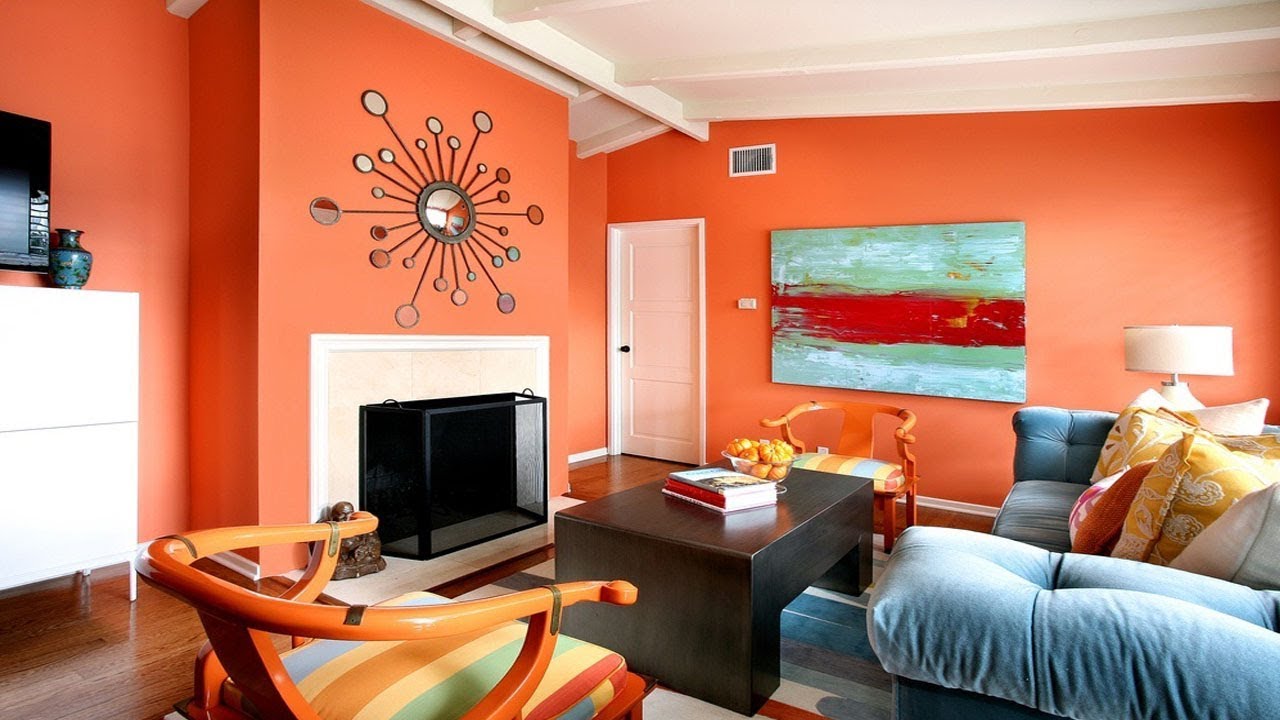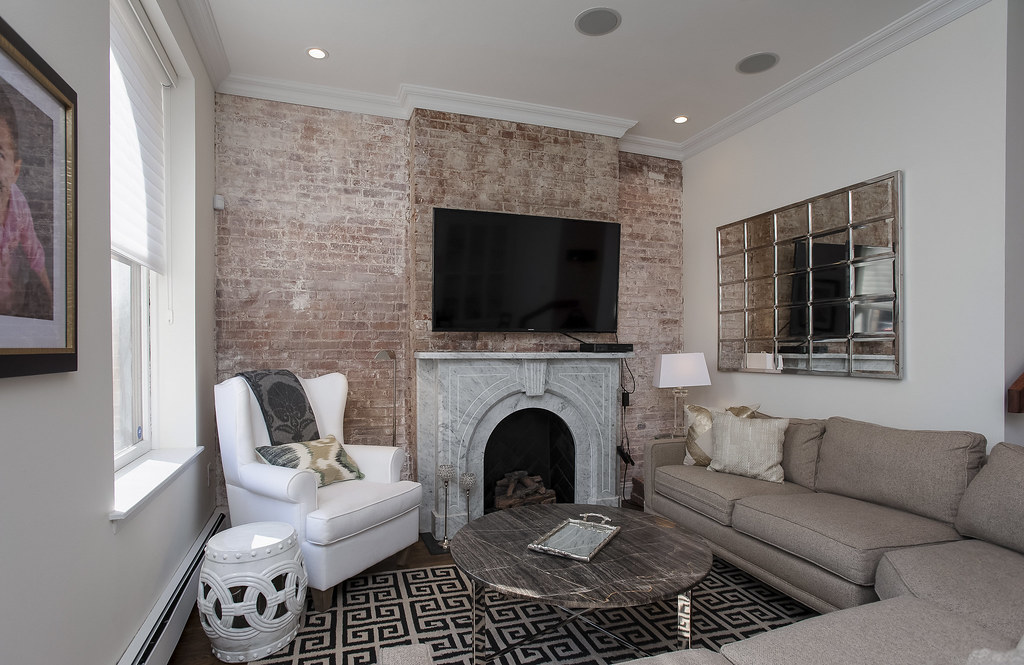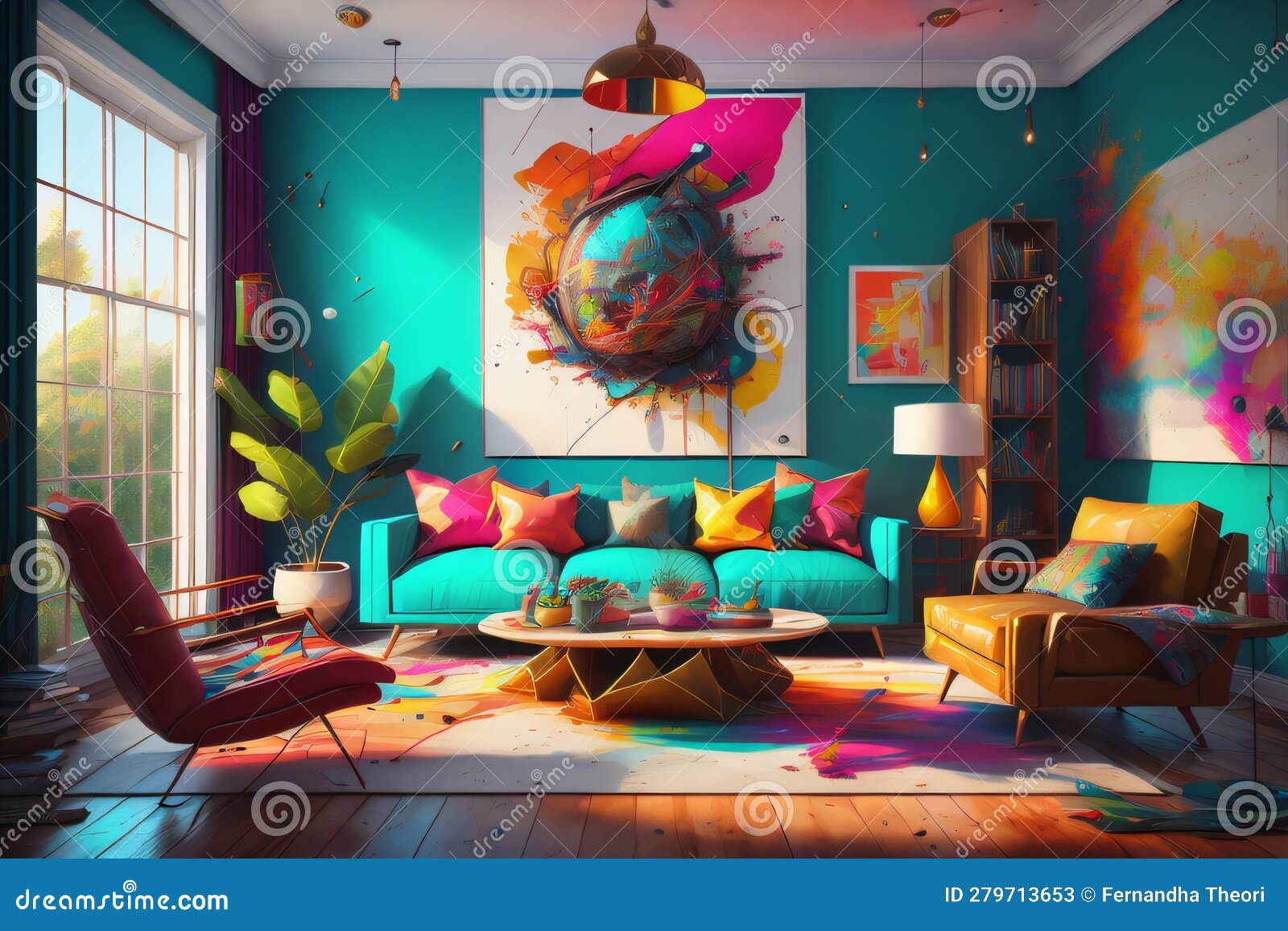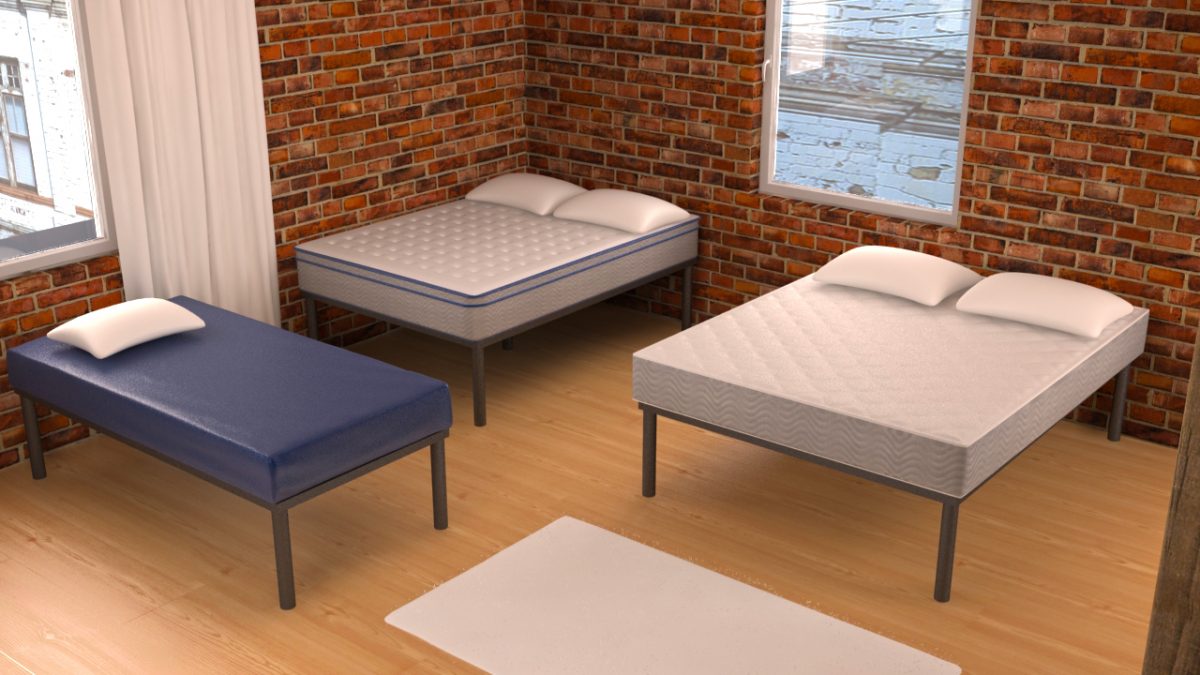The lighting in a living room plays a crucial role in setting the overall ambiance and mood of the space. It can make a room feel warm and inviting or cold and unwelcoming. One aspect of lighting that is often overlooked is the use of soft and hard light. By incorporating both types of lighting in your living room, you can create a balanced and visually appealing space.Soft and Hard Light in Living Room
When it comes to lighting, there are two main types: soft and hard light. Soft light is diffused and creates a gentle glow, while hard light is more focused and creates distinct shadows. In a living room, it's important to have a mix of both types of light to create depth and dimension. To incorporate soft light in your living room, consider using table lamps, floor lamps, or string lights. These light sources create a warm and cozy atmosphere, perfect for relaxing or entertaining. You can also use dimmer switches to adjust the intensity of the light and create a softer glow. On the other hand, hard light can be achieved through overhead lights, track lighting, or spotlights. These types of lighting are great for highlighting specific areas or objects in the living room, such as a piece of artwork or a bookshelf. They can also provide necessary task lighting for activities such as reading or working on a laptop.Living Room Lighting Ideas: Soft and Hard Light
When incorporating both soft and hard light in your living room, it's essential to strike a balance between the two. Too much soft light can make a room feel dull and lackluster, while too much hard light can create a harsh and unwelcoming environment. One way to achieve a balance is by layering your lighting. This means using a variety of light sources throughout the room at different levels. For example, you can have a floor lamp providing soft light in one corner, while a ceiling light provides hard light in another corner. This creates a harmonious and well-lit space. Another effective way to balance soft and hard light is by using different types of light bulbs. Soft white or warm white bulbs emit a gentle and cozy glow, while cool white or daylight bulbs produce a brighter and more focused light. By mixing and matching these bulbs, you can create a dynamic and inviting living room.Creating a Balance of Soft and Hard Light in Your Living Room
In addition to creating a balanced and visually appealing space, soft and hard light can also be used to enhance certain features in your living room. For instance, if you have a statement piece of furniture or artwork, you can use hard light to draw attention to it and make it a focal point in the room. Soft light can also be used to create a cozy and intimate atmosphere. If you have a reading nook or a seating area, you can use soft lighting to make it feel more inviting and comfortable. This type of lighting is perfect for creating a relaxing space to unwind after a long day.How to Use Soft and Hard Light to Enhance Your Living Room
While both soft and hard light have their own unique benefits, it's important to consider the purpose of the room and the activities that will take place in it. In a living room, you want to create a space that is warm and welcoming, but also functional for everyday use. This is where the combination of soft and hard light comes into play. Soft light is great for creating a cozy and comfortable environment, while hard light provides the necessary brightness for tasks and activities. By using both types of light, you can achieve the perfect balance for your living room.Living Room Lighting: Soft vs Hard Light
In addition to artificial light, natural light can also play a significant role in the lighting of your living room. It not only provides a source of light during the day but also adds a sense of warmth and openness to the space. To make the most out of natural light, it's essential to keep your windows clean and unobstructed. Avoid heavy drapes or window coverings that can block out natural light. Instead, opt for sheer curtains or blinds that allow light to filter through while still providing privacy. You can also strategically place mirrors in your living room to reflect natural light and make the space feel brighter and more spacious. This is especially useful if your living room doesn't have many windows or if they are small.Maximizing Natural Light in Your Living Room
A cozy living room is one that makes you feel comfortable and at ease. Soft and hard light can work together to create this type of atmosphere. Soft light can be used to create a warm and inviting ambiance, while hard light can be used to highlight and define certain areas in the room. To make your living room even cozier, you can incorporate warm and natural elements such as candles, wood accents, and soft textiles. These elements paired with soft and hard light can create a welcoming and comfortable space that you and your guests will love spending time in.Using Soft and Hard Light to Create a Cozy Living Room
When it comes to lighting your living room, there are a few key tips to keep in mind to ensure a well-balanced and inviting space. Firstly, always consider the purpose of the room and the activities that will take place in it. This will help you determine the type of lighting needed for each area. For example, a soft and cozy seating area may require more soft light, while a work or study area may need more hard light. Secondly, don't be afraid to mix and match different types of light sources and bulbs. This will not only add visual interest to the room but also create a dynamic and well-lit space. Lastly, don't forget about natural light. It's free and can do wonders for the ambiance of a room. Make the most out of natural light by keeping windows clean and using mirrors to reflect and amplify it.Living Room Lighting Tips: Balancing Soft and Hard Light
Incorporating both soft and hard light in your living room can help you create a warm and inviting space that you and your guests will love. By balancing these two types of light, layering them, and using them to enhance certain features, you can achieve the perfect lighting for your living room. Remember to consider the purpose of the room and activities that will take place in it, mix and match different light sources and bulbs, and make the most out of natural light. With these tips, you can create a cozy and visually appealing living room that you'll never want to leave.Creating a Warm and Inviting Living Room with Soft and Hard Light
When designing your living room, it's important to consider the lighting from the beginning. The placement of furniture, the use of color and texture, and the choice of light fixtures can all affect the way light is dispersed and utilized in the space. When incorporating soft and hard light, think about the flow of the room and how different light sources can work together to create a cohesive and balanced design. Don't be afraid to experiment and try out different combinations until you find the perfect mix for your living room.Incorporating Soft and Hard Light in Your Living Room Design
Choosing the Perfect Lighting for Your Living Room
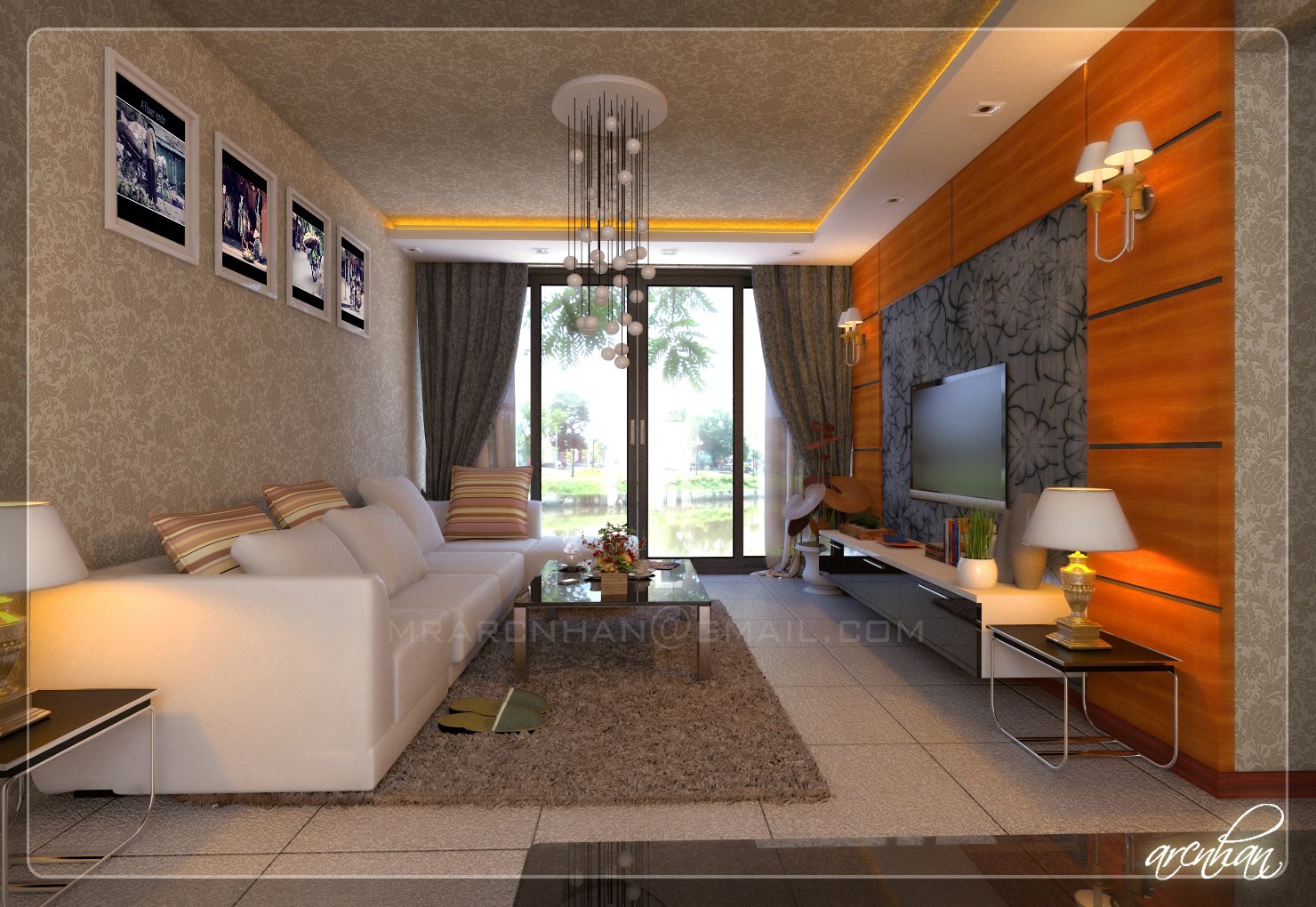
Soft and Hard Light: Finding Balance in Your Living Room Design
 When designing your living room, lighting is an essential element that can greatly impact the overall look and feel of the space. Lighting not only serves a functional purpose, but it also adds depth, warmth, and ambiance to the room. One of the key decisions to make when considering lighting for your living room is whether to incorporate soft or hard light, or a combination of both.
Soft light
refers to diffused, gentle light that creates a warm and cozy atmosphere. This type of light is often achieved through the use of lamps, sconces, and dimmer switches. Soft light is perfect for creating a relaxing and inviting space, making it the ideal choice for a living room where you want to unwind at the end of a long day.
On the other hand,
hard light
is more direct and focused, providing brighter and sharper illumination. This type of light is typically found in overhead fixtures, such as ceiling lights or track lighting. Hard light is great for task-oriented areas in the living room, such as reading nooks or study spaces.
Finding the right balance between soft and hard light is crucial in creating a well-designed living room. Too much soft light can make the space feel too dim and lackluster, while too much hard light can make it feel harsh and uninviting. Striking the perfect balance between the two will not only enhance the aesthetic of your living room but also create a functional and comfortable space.
When designing your living room, lighting is an essential element that can greatly impact the overall look and feel of the space. Lighting not only serves a functional purpose, but it also adds depth, warmth, and ambiance to the room. One of the key decisions to make when considering lighting for your living room is whether to incorporate soft or hard light, or a combination of both.
Soft light
refers to diffused, gentle light that creates a warm and cozy atmosphere. This type of light is often achieved through the use of lamps, sconces, and dimmer switches. Soft light is perfect for creating a relaxing and inviting space, making it the ideal choice for a living room where you want to unwind at the end of a long day.
On the other hand,
hard light
is more direct and focused, providing brighter and sharper illumination. This type of light is typically found in overhead fixtures, such as ceiling lights or track lighting. Hard light is great for task-oriented areas in the living room, such as reading nooks or study spaces.
Finding the right balance between soft and hard light is crucial in creating a well-designed living room. Too much soft light can make the space feel too dim and lackluster, while too much hard light can make it feel harsh and uninviting. Striking the perfect balance between the two will not only enhance the aesthetic of your living room but also create a functional and comfortable space.
How to Incorporate Soft and Hard Light in Your Living Room Design
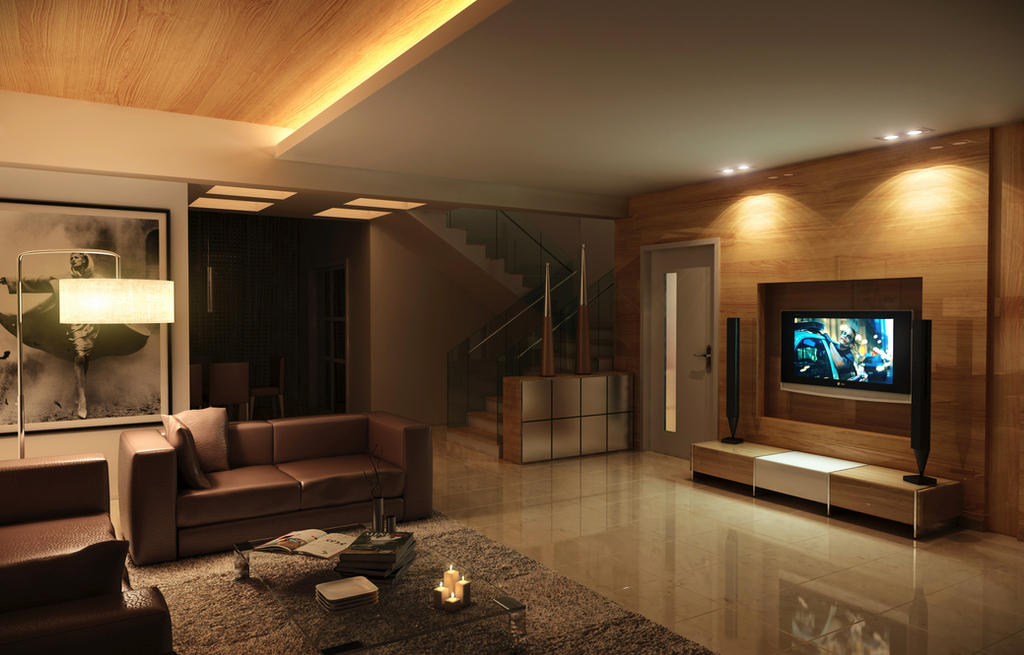 One way to incorporate both types of light in your living room is to use a combination of lighting fixtures. For example, you can use a soft, diffused light source, such as a floor lamp, in conjunction with a hard light source, such as a track light or pendant light, to create a balanced and layered look.
Another option is to use dimmer switches on your overhead lights, allowing you to adjust the amount of light in the room. This way, you can have brighter, more direct light for tasks and activities, and then switch to a softer, more subdued light for relaxation and ambiance.
Additionally, using a mix of warm and cool-toned light bulbs can also add depth and dimension to your living room. Warm-toned lights, such as incandescent bulbs, emit a soft, yellowish light, while cool-toned lights, such as LED bulbs, produce a brighter, bluish light. Experimenting with different light bulbs can help you create the perfect balance of soft and hard light in your living room.
In conclusion, when it comes to designing your living room, lighting plays a crucial role in setting the mood and enhancing the overall aesthetic. By incorporating a mix of soft and hard light, you can create a well-balanced and inviting space that is both functional and beautiful. So next time you're redesigning your living room, don't forget to consider the power of lighting and how it can transform your space.
One way to incorporate both types of light in your living room is to use a combination of lighting fixtures. For example, you can use a soft, diffused light source, such as a floor lamp, in conjunction with a hard light source, such as a track light or pendant light, to create a balanced and layered look.
Another option is to use dimmer switches on your overhead lights, allowing you to adjust the amount of light in the room. This way, you can have brighter, more direct light for tasks and activities, and then switch to a softer, more subdued light for relaxation and ambiance.
Additionally, using a mix of warm and cool-toned light bulbs can also add depth and dimension to your living room. Warm-toned lights, such as incandescent bulbs, emit a soft, yellowish light, while cool-toned lights, such as LED bulbs, produce a brighter, bluish light. Experimenting with different light bulbs can help you create the perfect balance of soft and hard light in your living room.
In conclusion, when it comes to designing your living room, lighting plays a crucial role in setting the mood and enhancing the overall aesthetic. By incorporating a mix of soft and hard light, you can create a well-balanced and inviting space that is both functional and beautiful. So next time you're redesigning your living room, don't forget to consider the power of lighting and how it can transform your space.

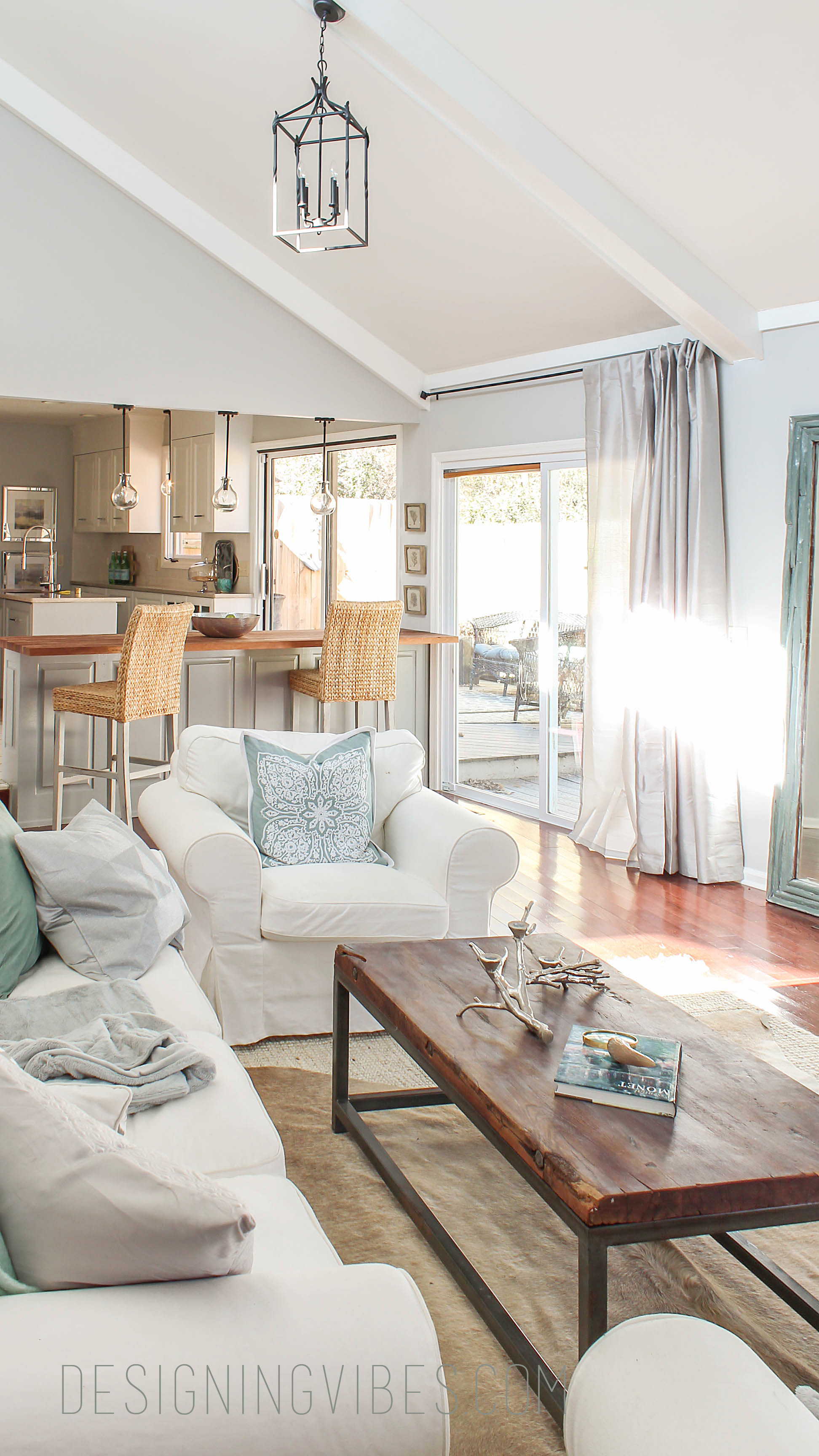






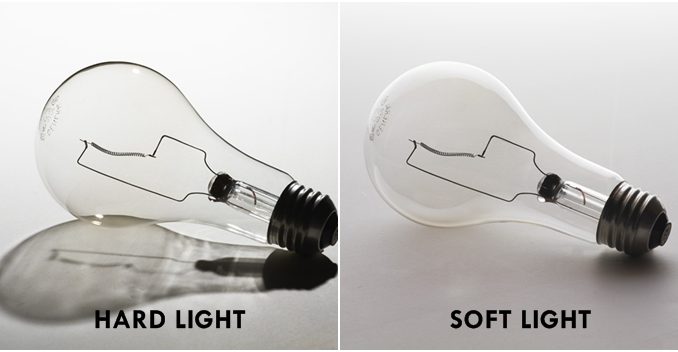
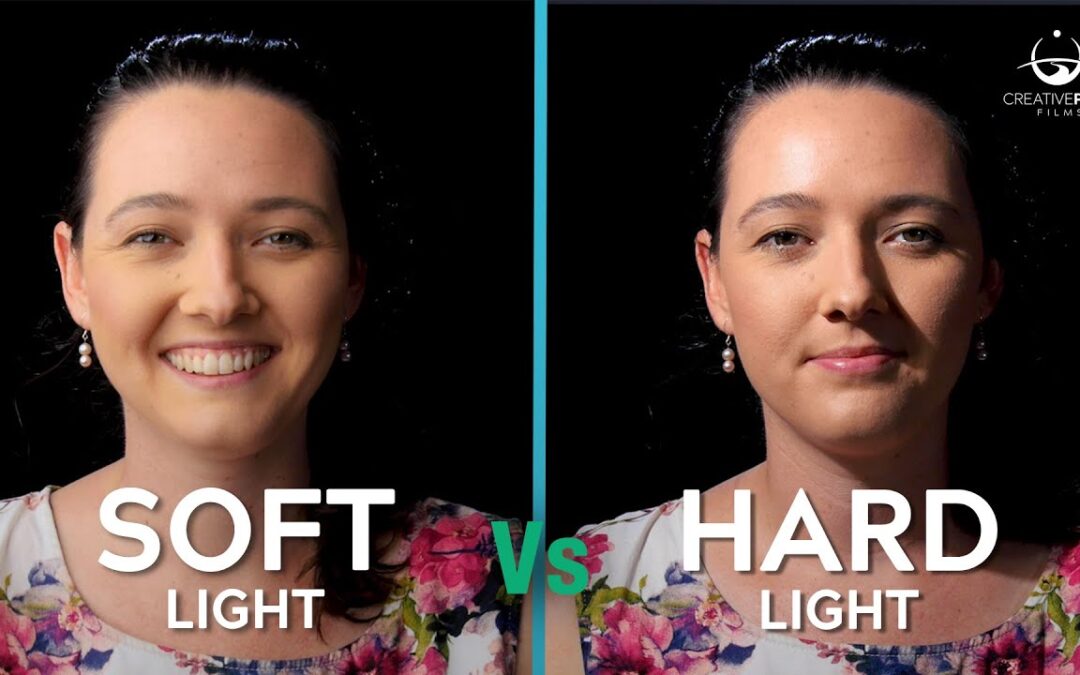



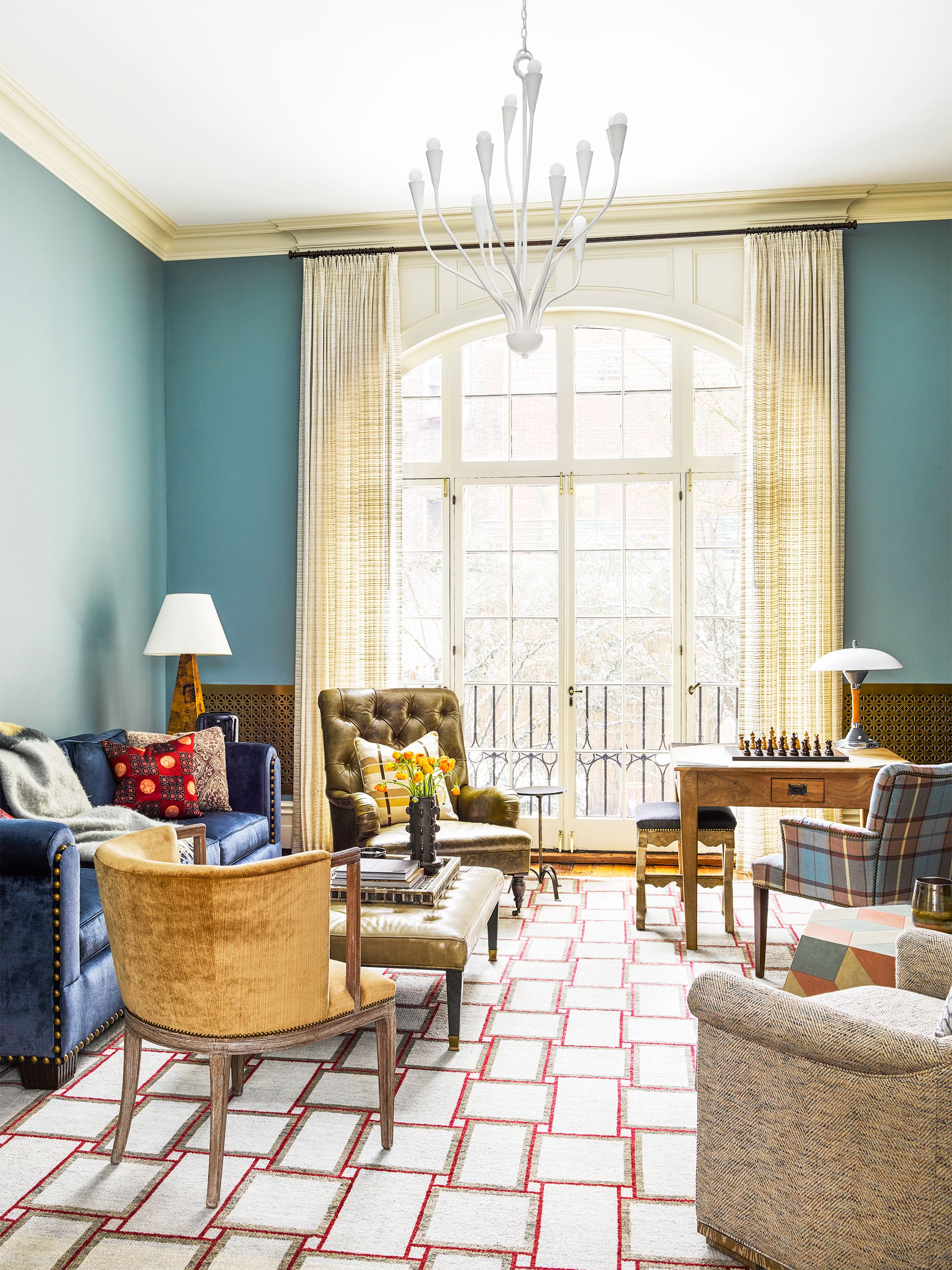
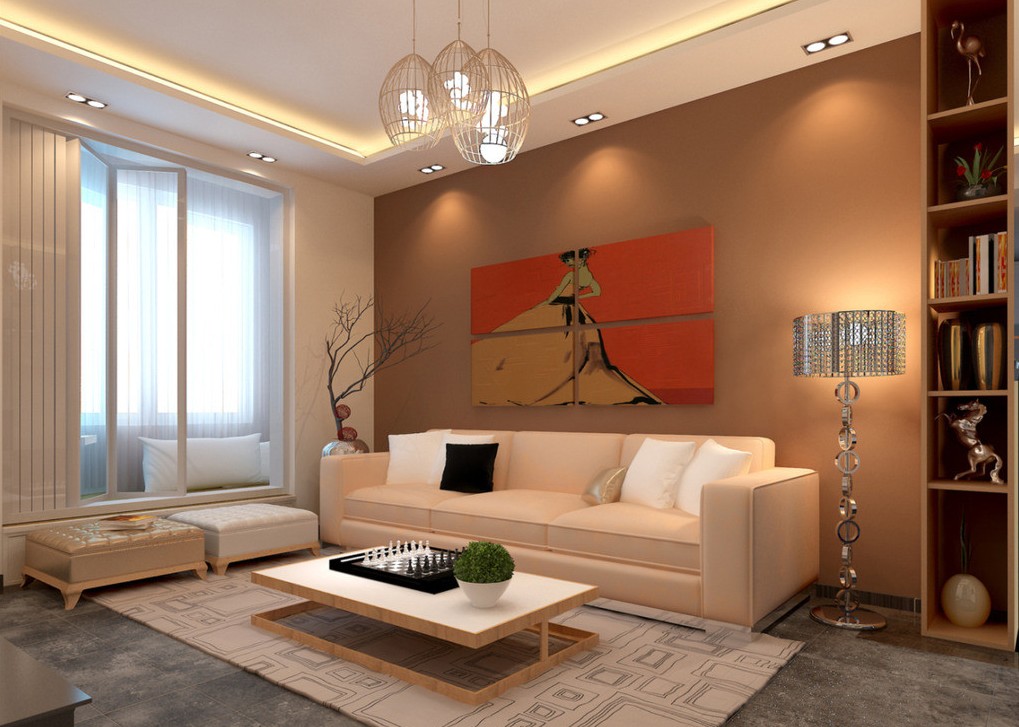

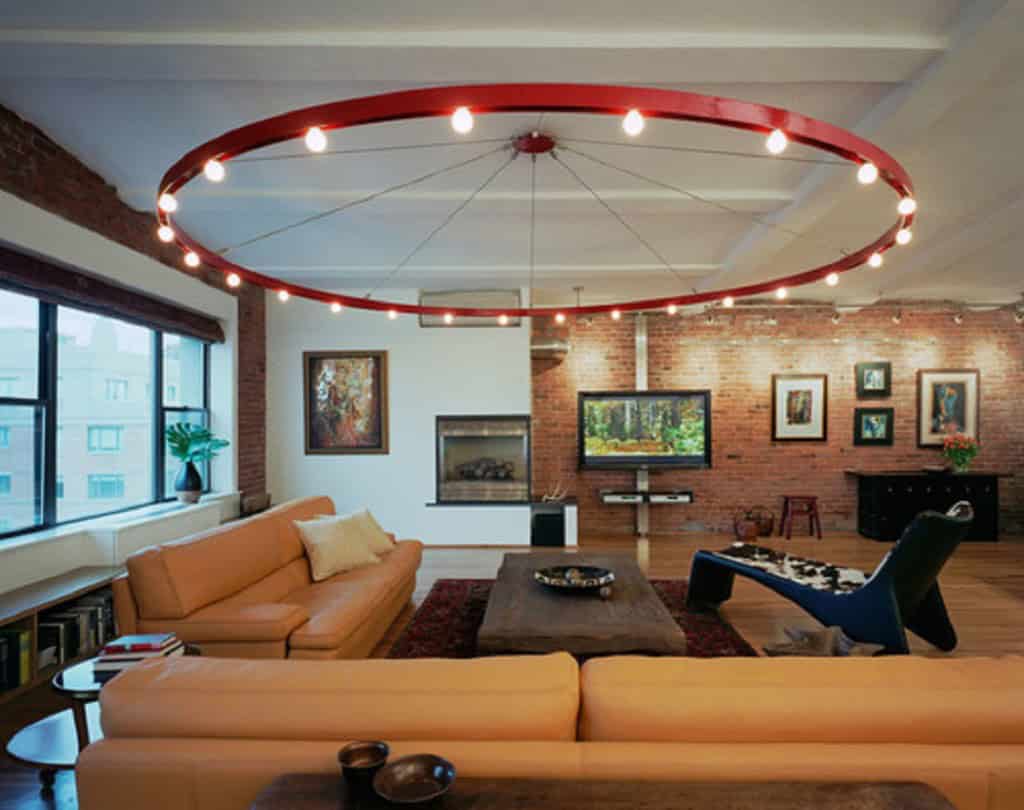

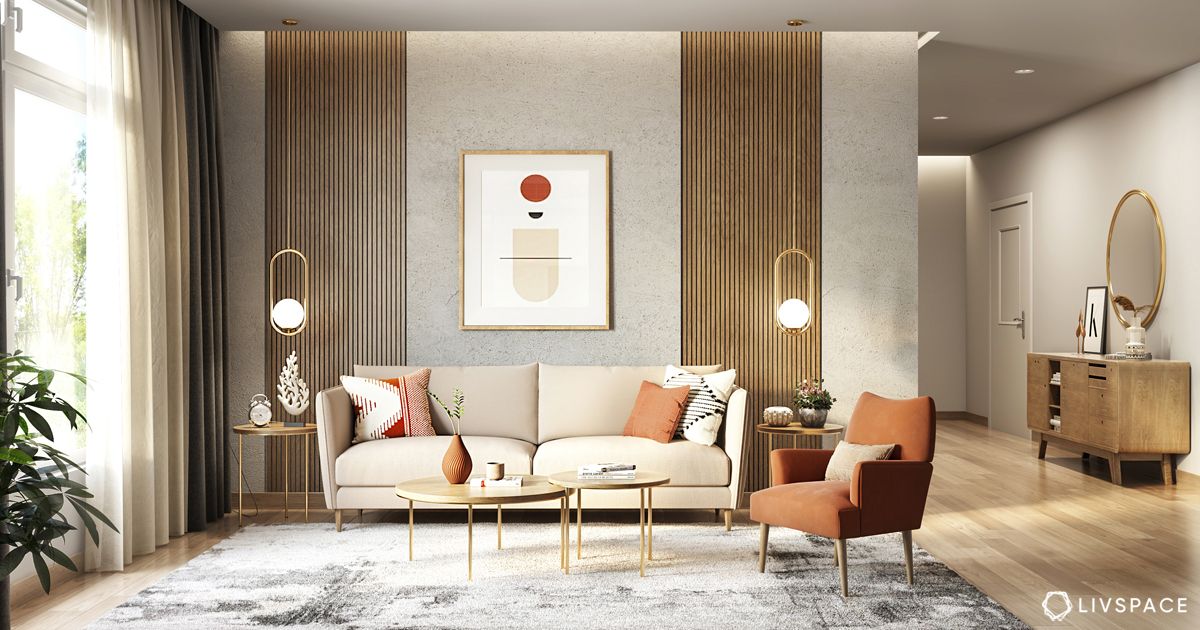
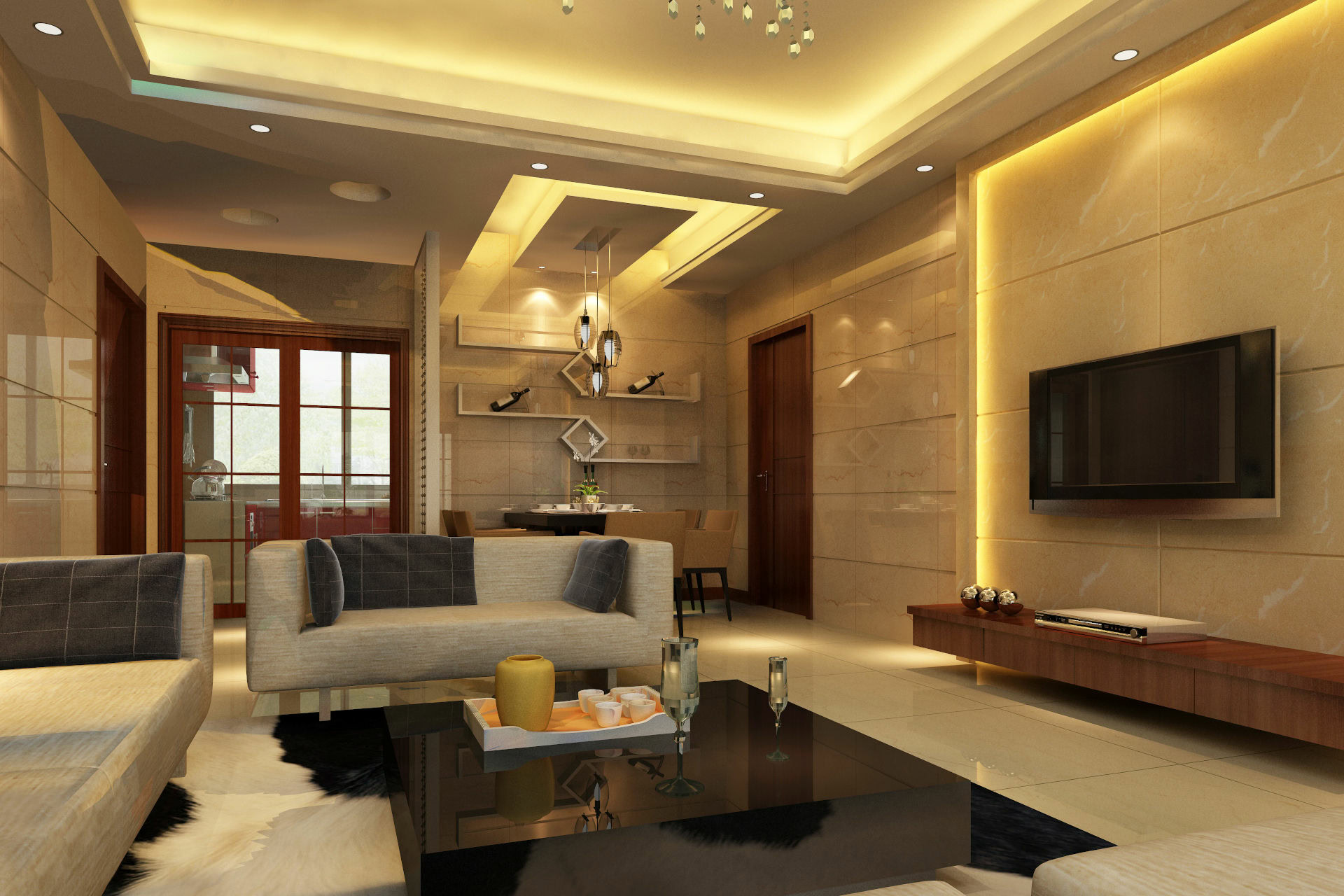
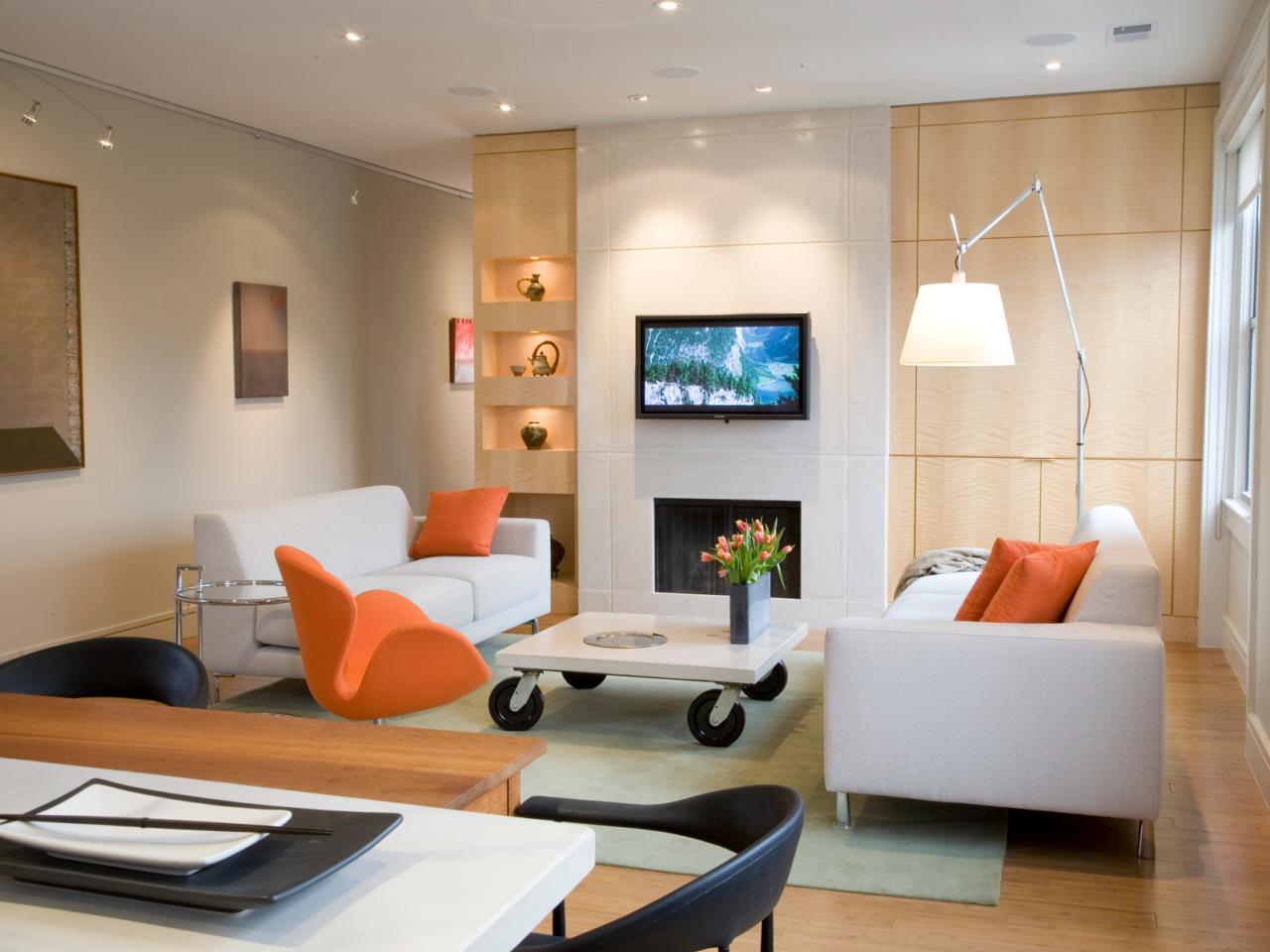

:max_bytes(150000):strip_icc()/living-room-lighting-ideas-4134256-01-2f070b6071444f1197ad5ca56d9e6678.jpg)
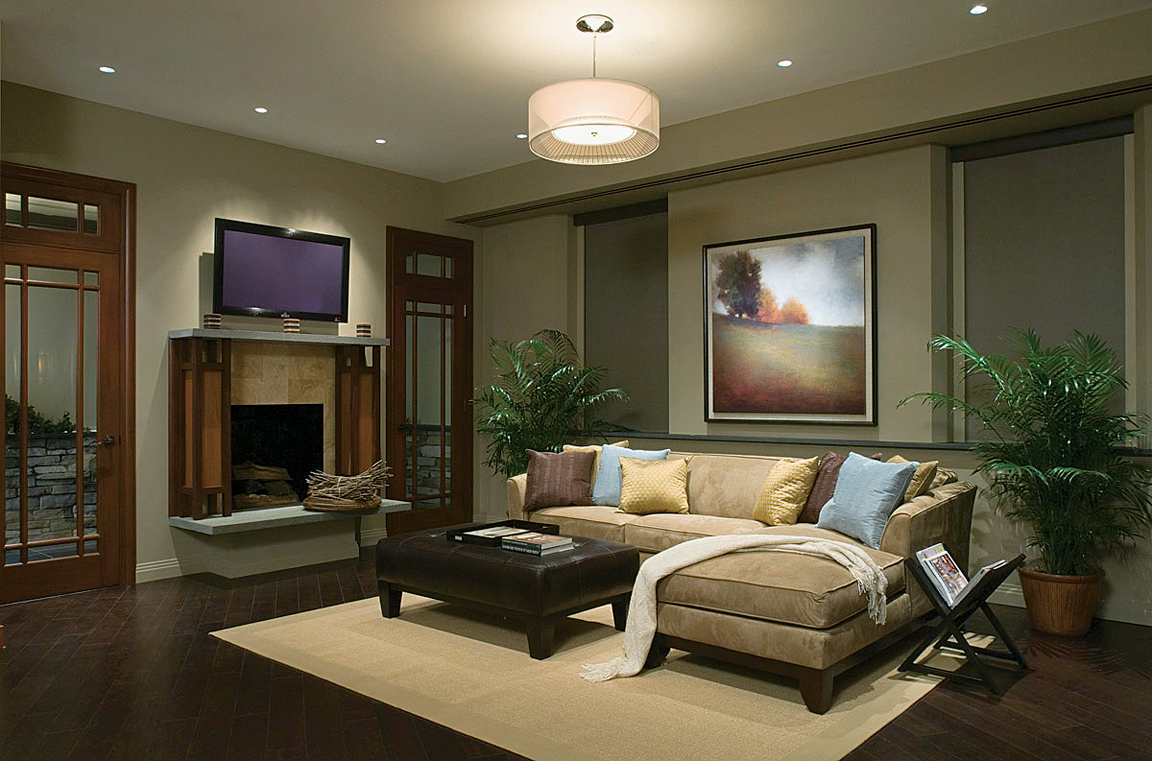
:max_bytes(150000):strip_icc()/living-room-area-rugs-1977221-e10e92b074244eb38400fecb3a77516c.png)














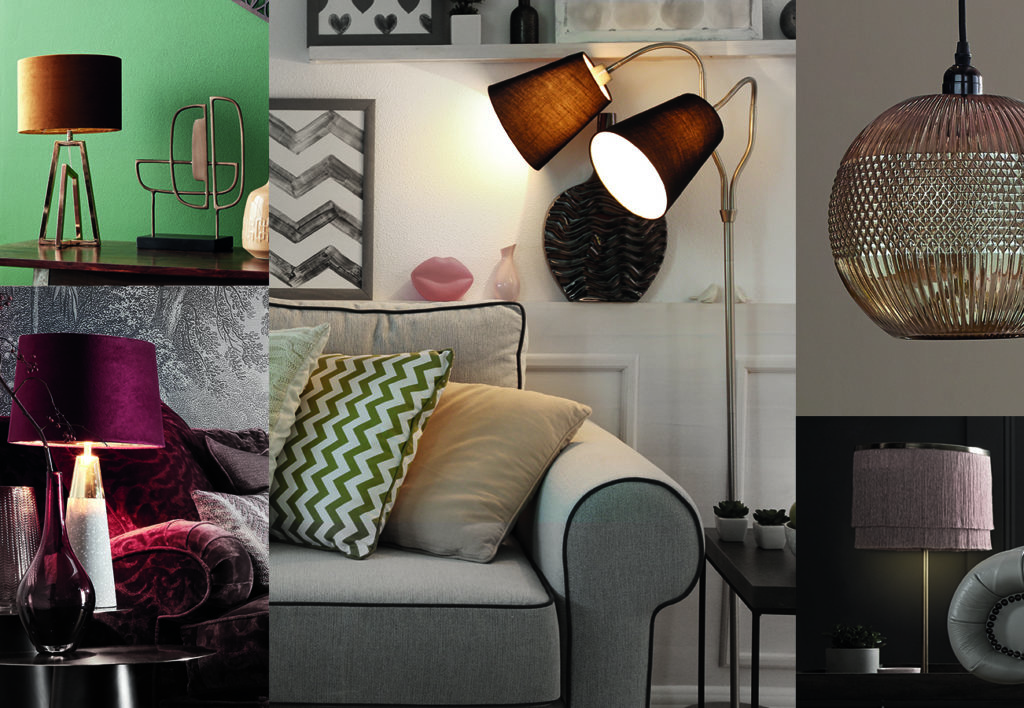







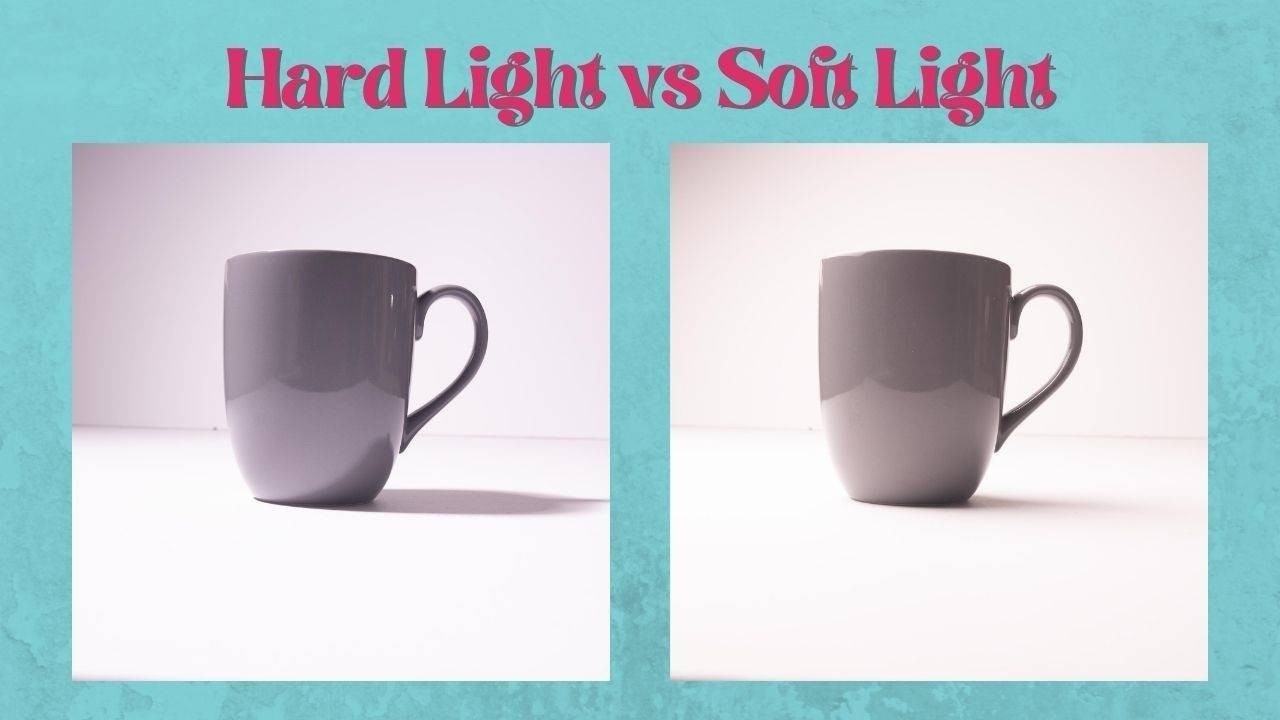



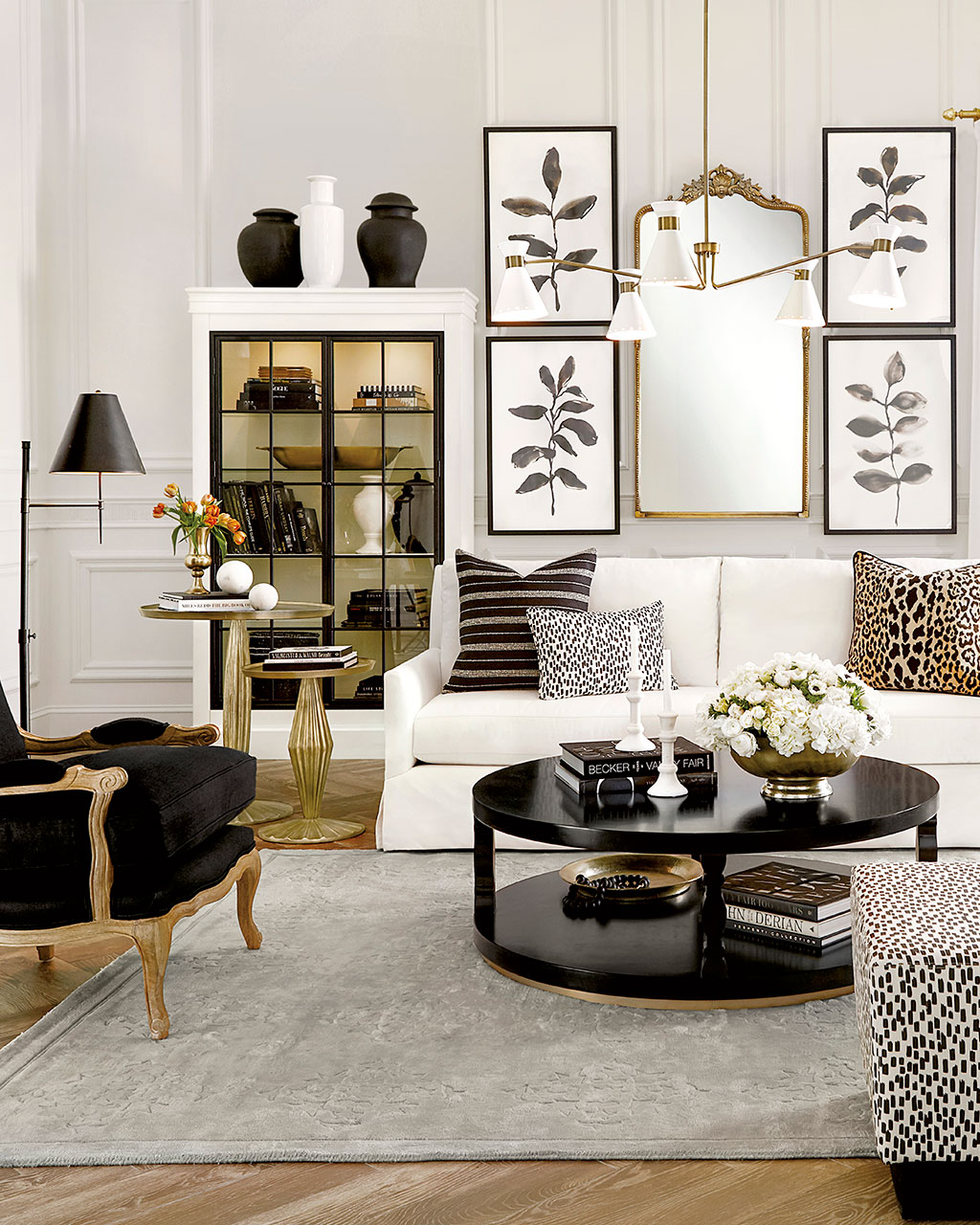
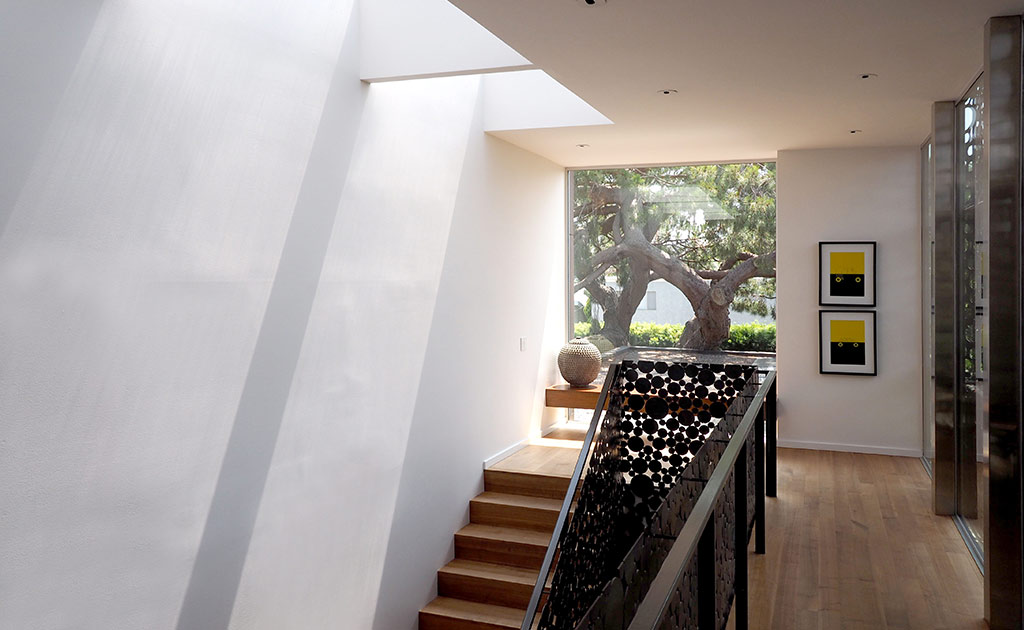




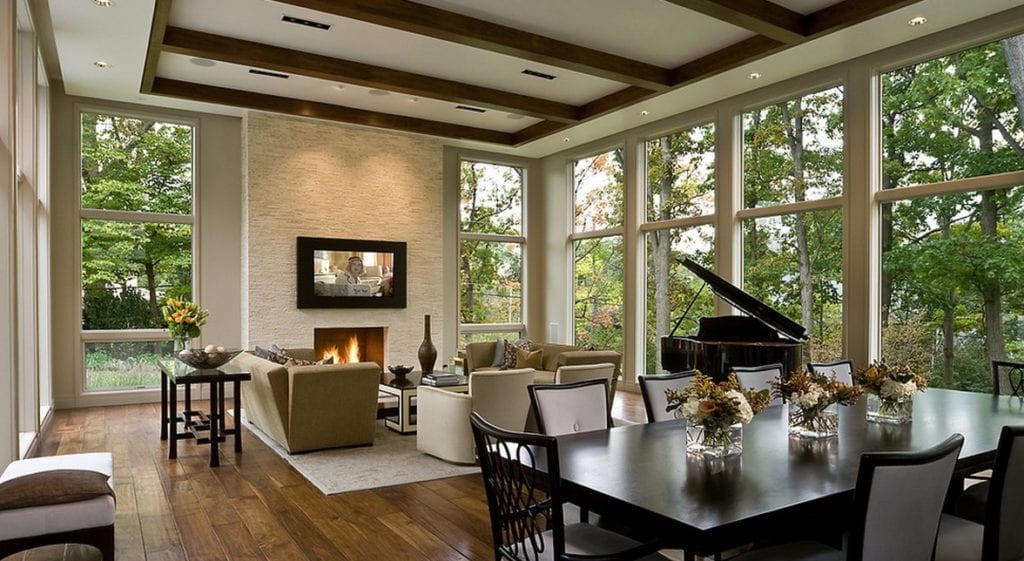


:max_bytes(150000):strip_icc()/camp_cal_living_rm_2-022_FINAL_1200-5a2ca381860d430eb415291eb38a44c2.jpg)


/Living-room-with-plaid-and-leather-furniture-589faf575f9b58819cb3fb05.png)
:max_bytes(150000):strip_icc()/Warm-and-cozy-living-room-Amy-Youngblood-589f82173df78c47587b80b6.png)

